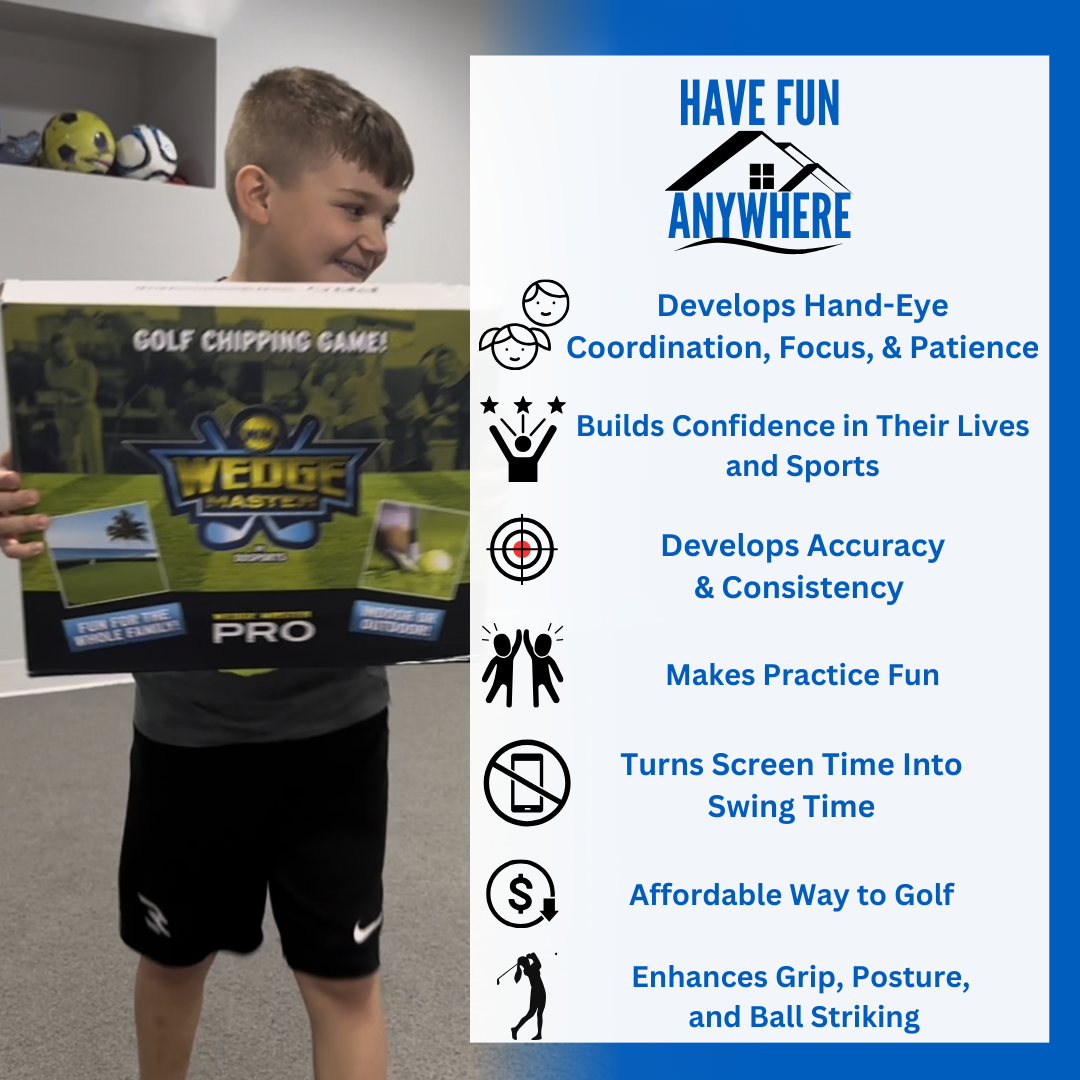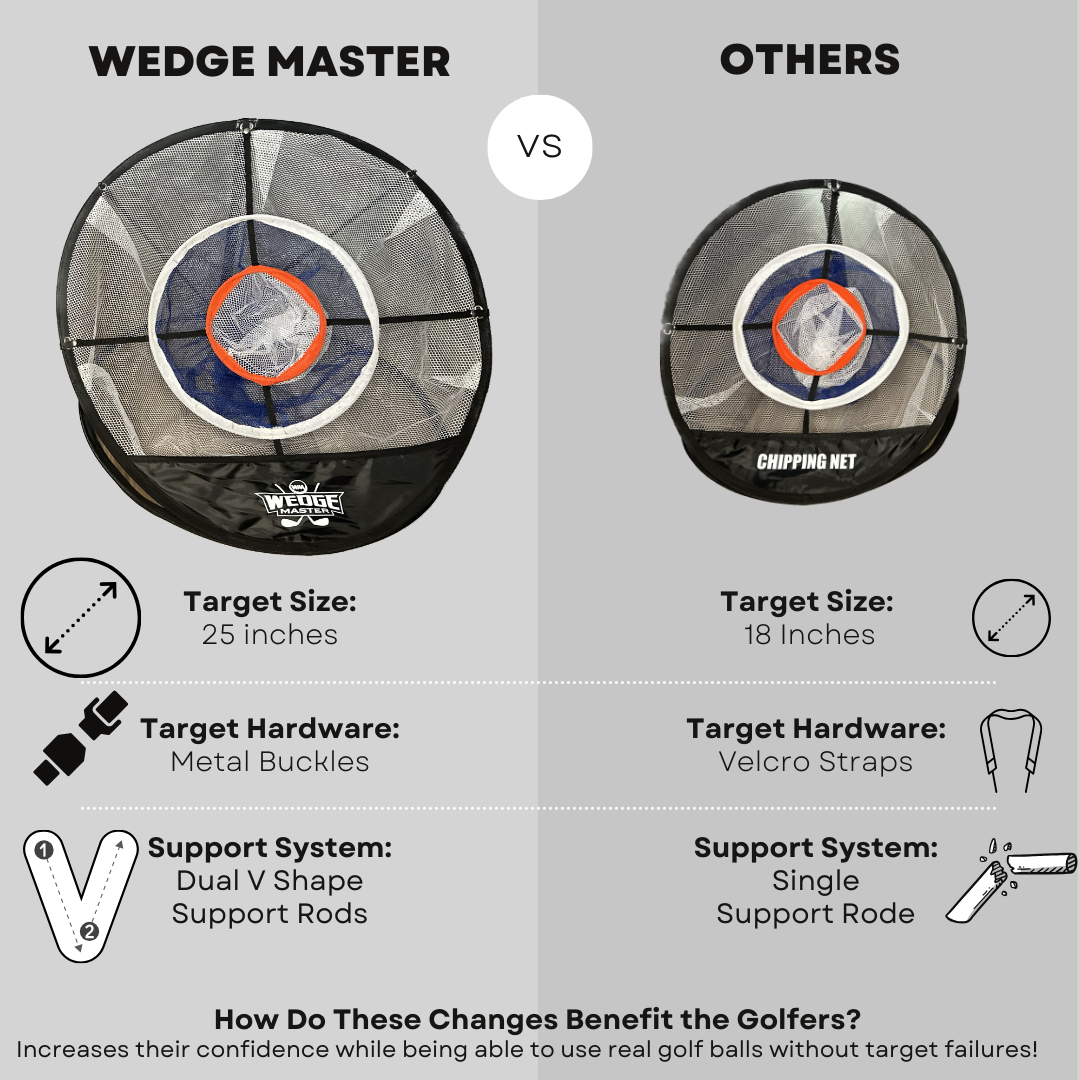
Enhancing Swing Mechanics: Unveiling Game-Changing Equipment for Consistency
Introduction:
Picture this: you step onto the golf course, poised to unleash a powerful swing that defies gravity. As you prepare for the perfect shot, doubt creeps in—will your swing be consistent, or will it falter? Thankfully, advancements in technology have brought forth a range of equipment specifically designed to refine swing mechanics and ensure consistent performance on the fairway. In this blog post, we aim to debunk common misconceptions and shed light on the various tools available that can significantly enhance your swing and boost your confidence.
- The Motion Capture Revolution:
One of the key breakthroughs in swing mechanics is the development of motion capture technology. Through the use of specialized cameras and sensors, this advanced system captures and analyzes your swing's intricate details. By providing real-time feedback on your body movements, posture, and swing plane, motion capture technology allows golfers of all skill levels to identify flaws and make necessary adjustments. Paired with software that offers detailed visual representations and data analysis, this innovation empowers golfers to fine-tune their technique and cultivate consistency.
- Embracing Golf Launch Monitors:
Golf launch monitors have transformed the training and improvement journey for golfers worldwide. These devices utilize high-speed cameras and radar technology to accurately track ball flight, spin rate, clubhead speed, and more. By generating comprehensive data and analyzing key parameters of your swing, golf launch monitors provide a deeper understanding of swing mechanics. Armed with this information, golfers can better grasp their strengths and weaknesses, fine-tune their technique, and foster consistency in their swing.
- Aiding the Golfers' Grip:
Another focal point in swing consistency lies in perfecting the grip—a fundamental yet often overlooked aspect of golf. Fortunately, innovative grip training aids have emerged to ensure an optimal grip, ultimately leading to more consistent swings. These aids come in various forms, such as specialized gloves, grips, and training clubs, offering tactile feedback and promoting muscle memory. By using these tools, golfers can achieve a consistent grip and, consequently, improve their swing consistency.
- The Quest for Alignment:
An accurate swing requires proper alignment of various body parts, including the feet, hips, and shoulders. To help golfers achieve consistent alignment, alignment sticks have become a popular accessory. These lightweight and versatile tools can be used during practice sessions to simulate target lines, guiding players in achieving correct posture and alignment. By incorporating alignment sticks into your training routine, you can develop muscle memory that translates to improved consistency on the course.
- The Power of Weighted Clubs:
To increase strength, flexibility, and enhance swing mechanics, weighted clubs have garnered attention among professional golfers and amateurs alike. These clubs carry additional weight at the grip or clubhead, requiring golfers to exert more force and maintain control throughout their swings. Regular training with weighted clubs can promote muscle development, refine swing mechanics, and ultimately improve consistency when transitioning back to standard clubs.
Conclusion:
In the quest for consistency on the golf course, technology has proven to be a game-changer. From motion capture systems to launch monitors, grip aids, alignment sticks, and weighted clubs, an array of equipment is available to assist in refining swing mechanics and nurturing consistency. By harnessing these tools and integrating them into your training regimen, you can pave the way towards improved performance, instill confidence, and gain the trust of potential customers who turn to your company for reliable solutions. Welcome to the age of empowering tools that elevate your swing and unlock your true potential on the fairway.
- Real Golf Feel Turf with 2 Surfaces
- No Broken Windows with the Dozen Foam Golf balls
- Scorecard to keep kids entertained for hours
- Two nets to practice multiple distances and angles
- Carrying Cases For Travel and Easy Storing
















